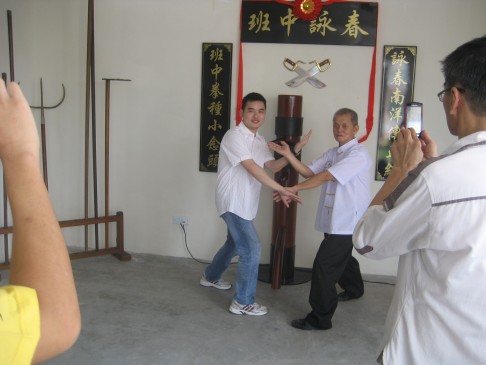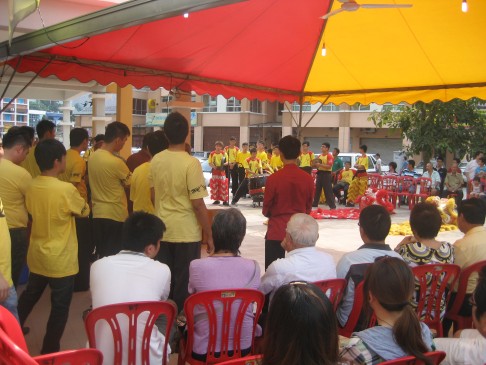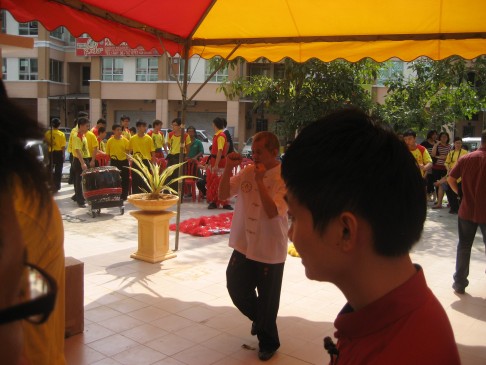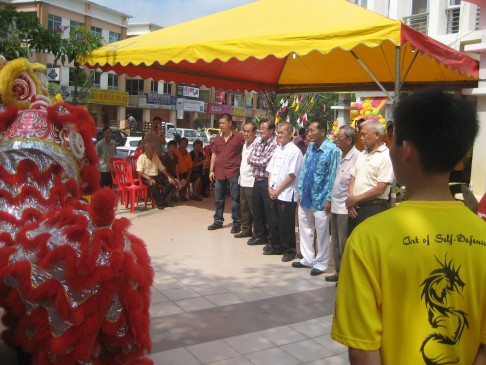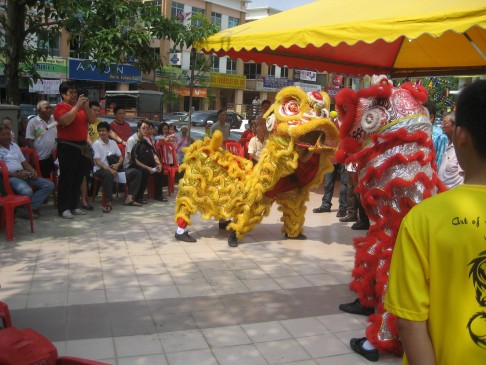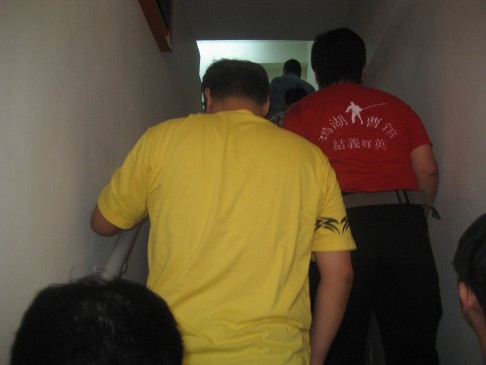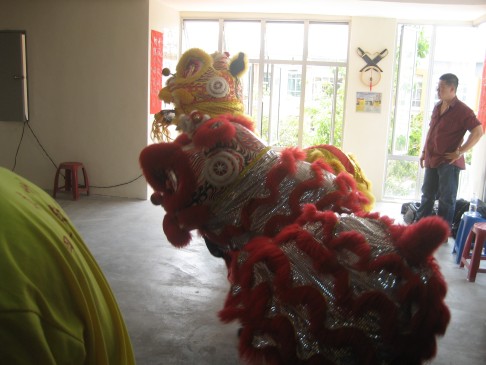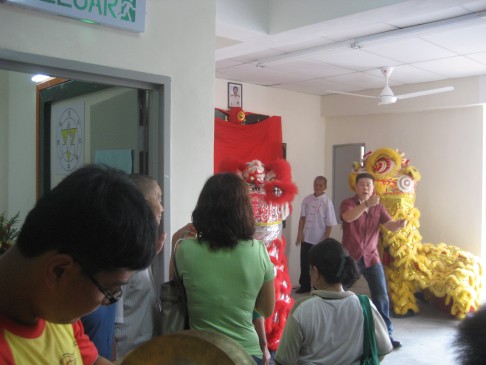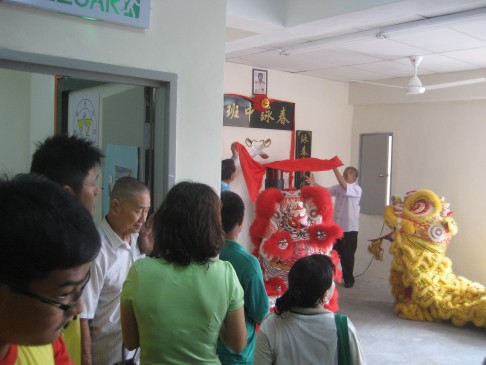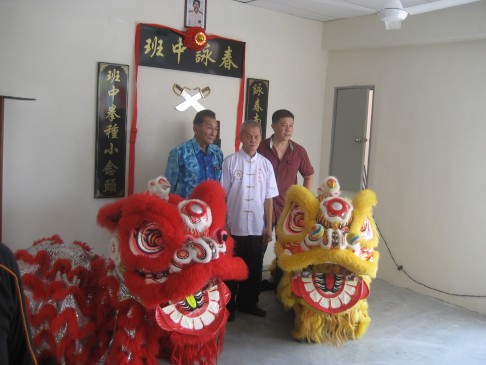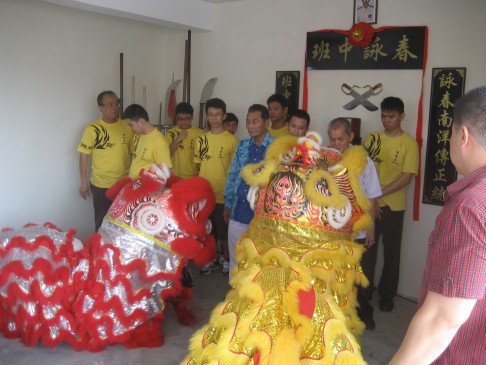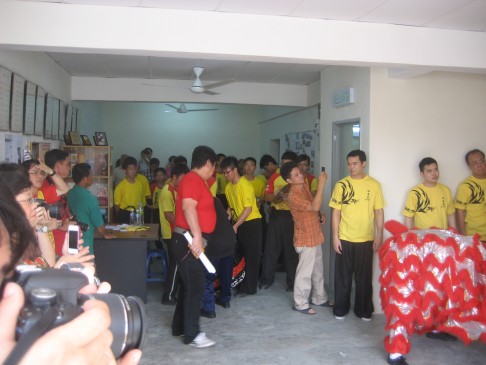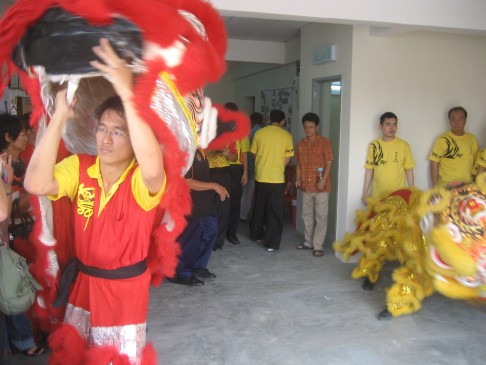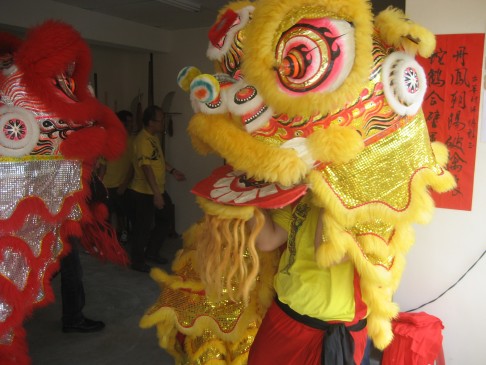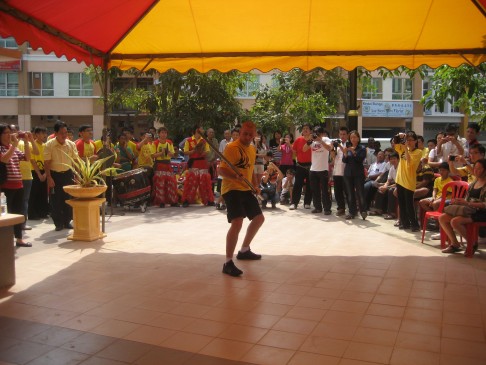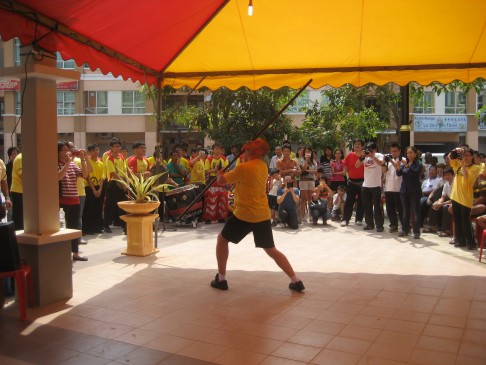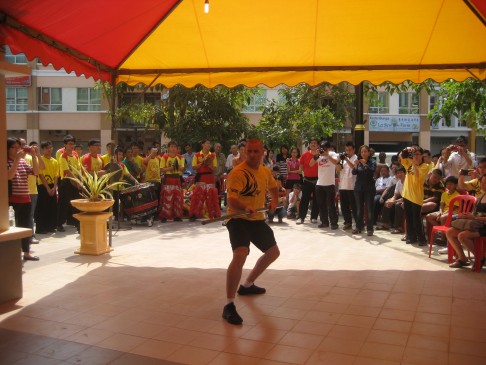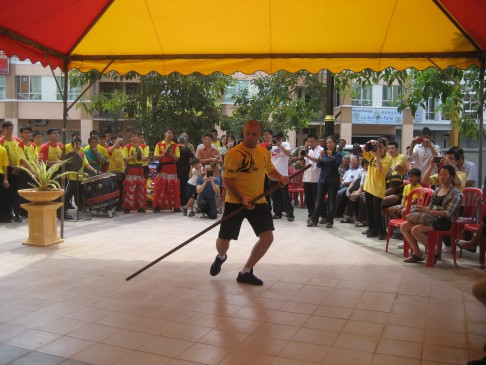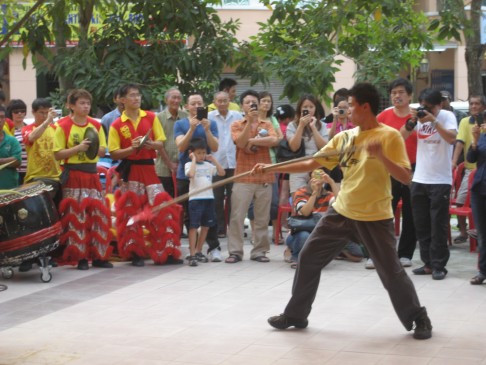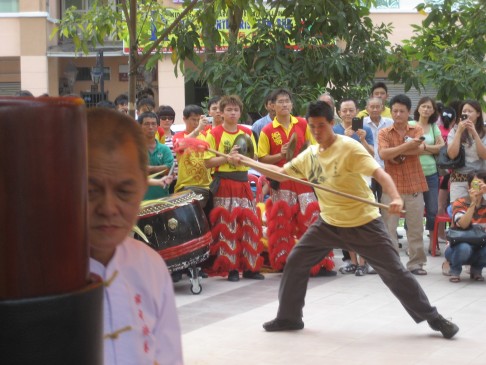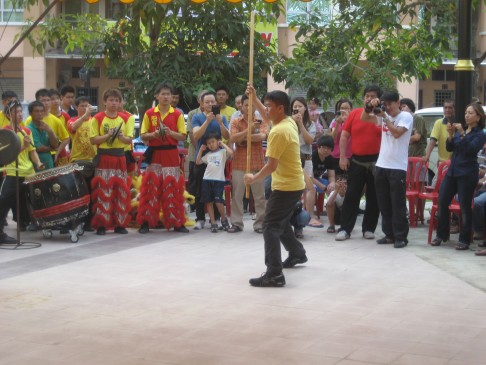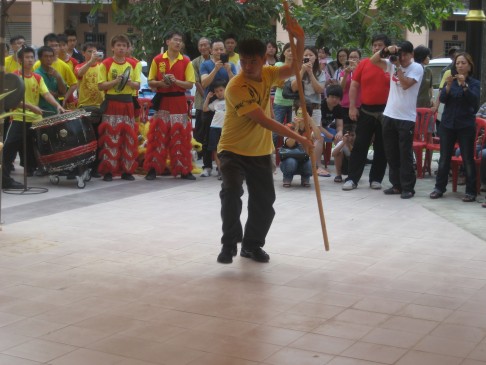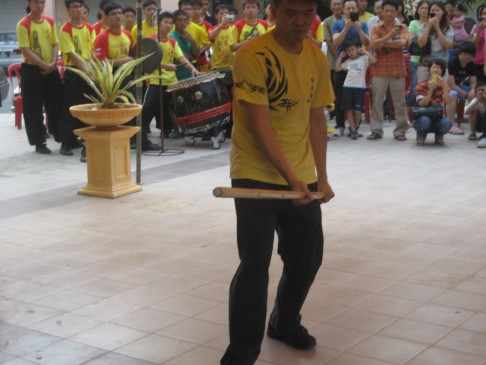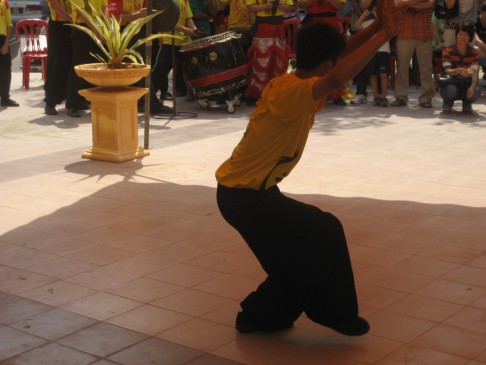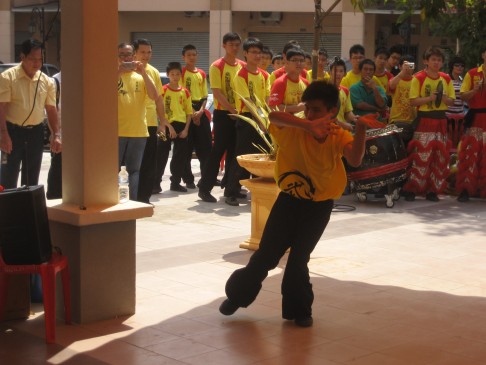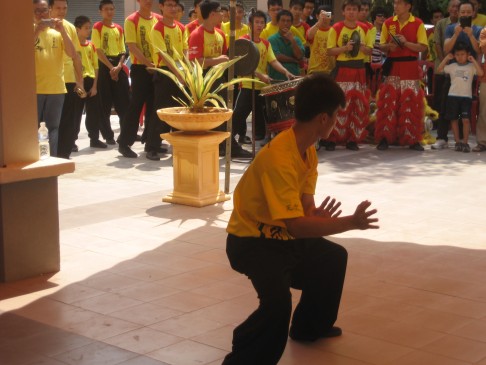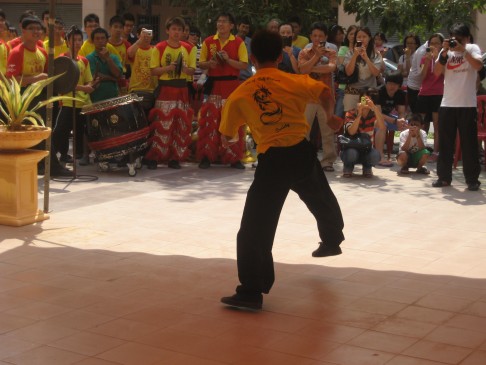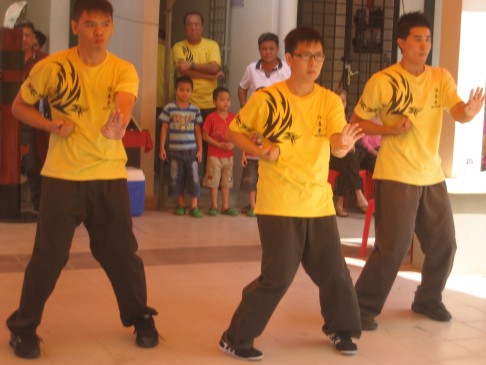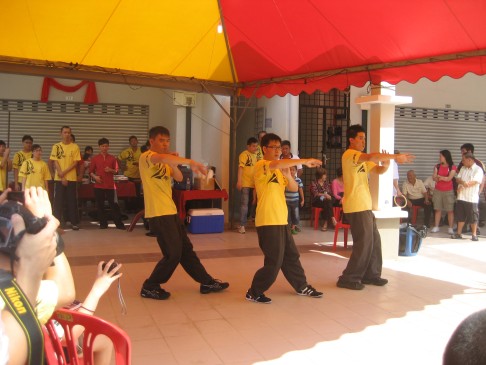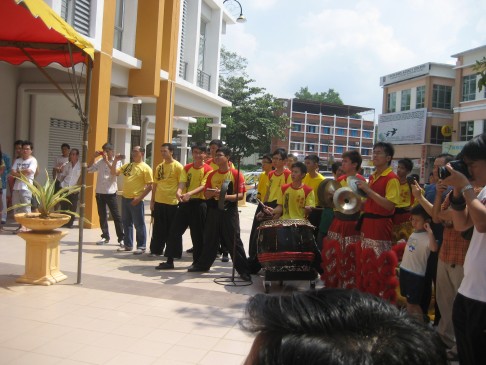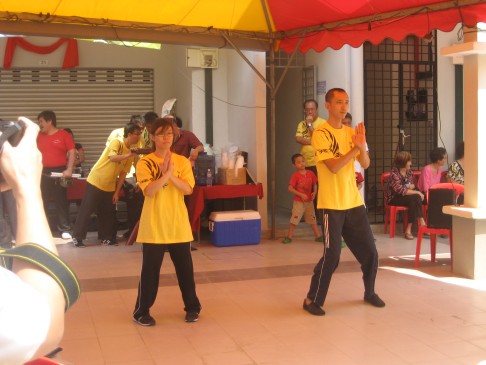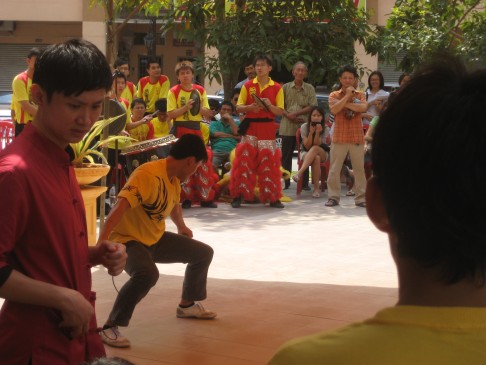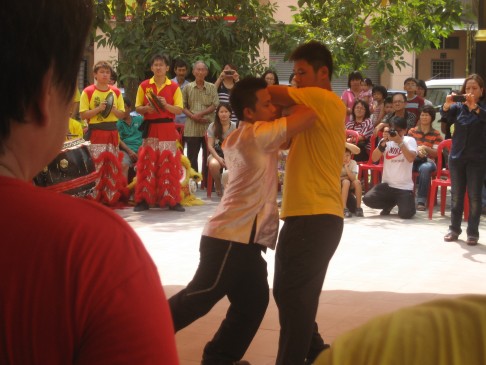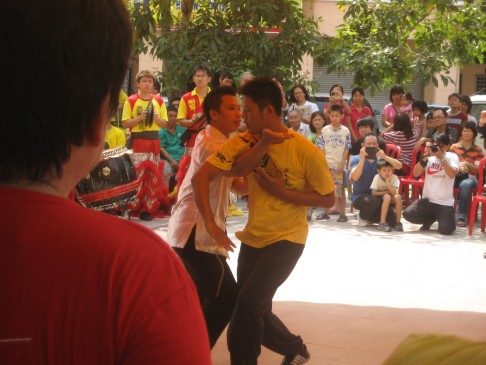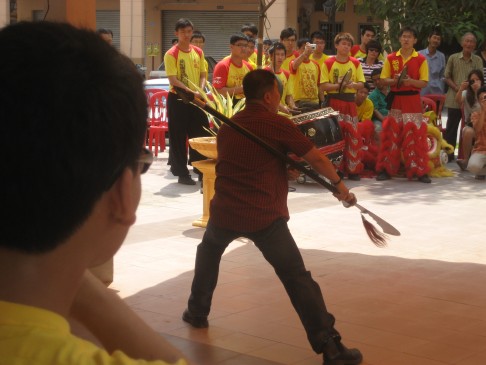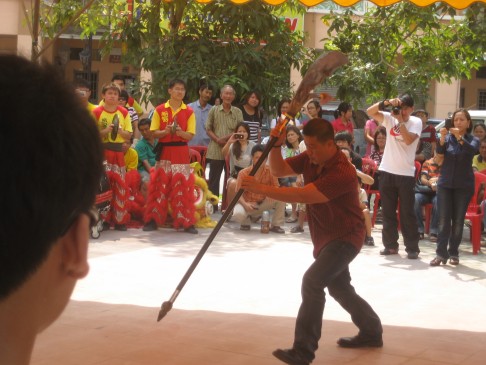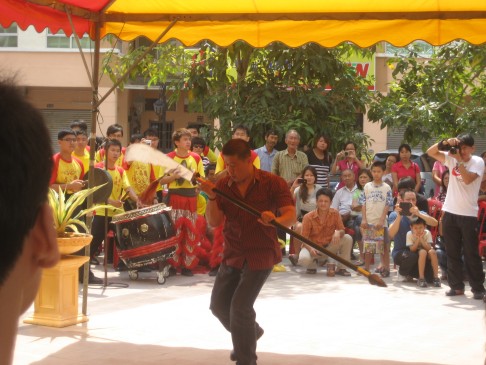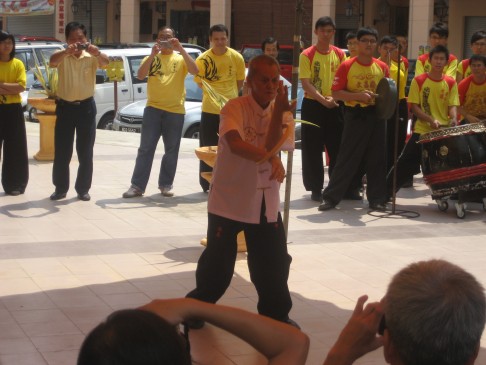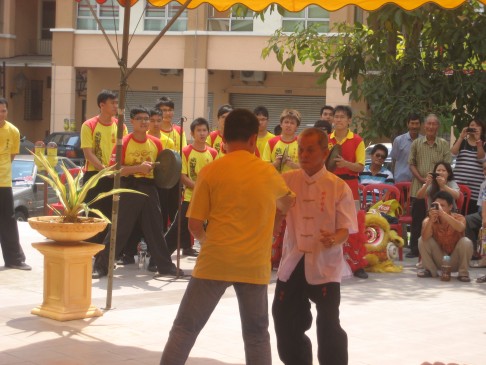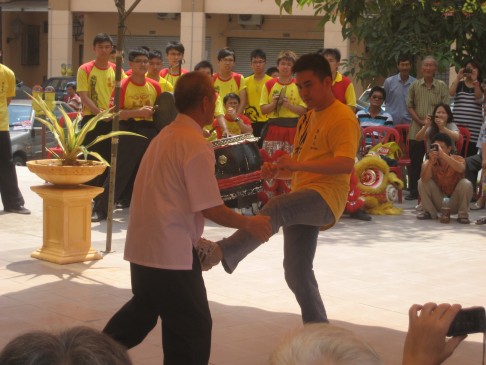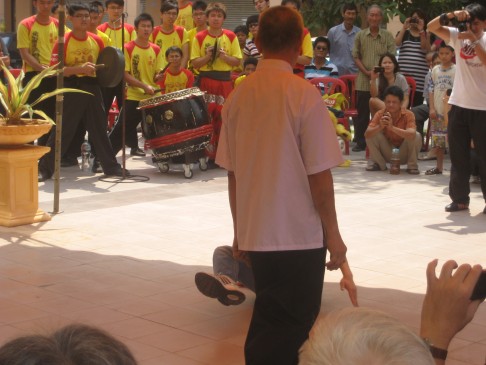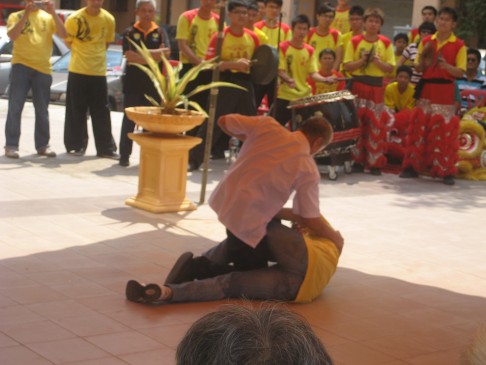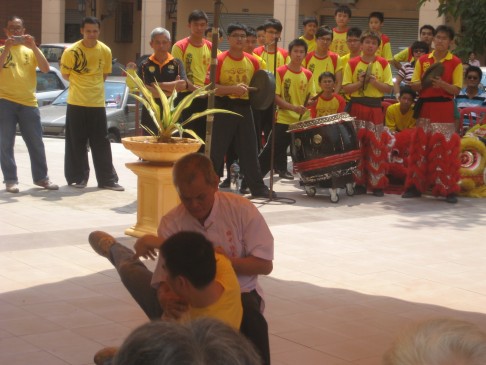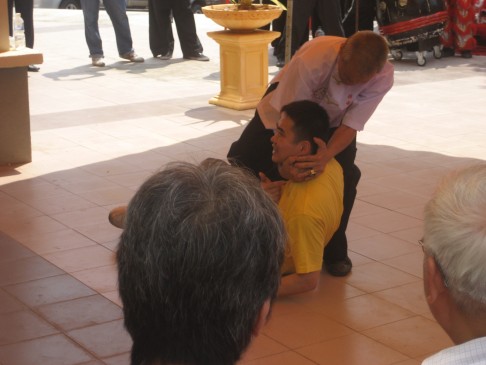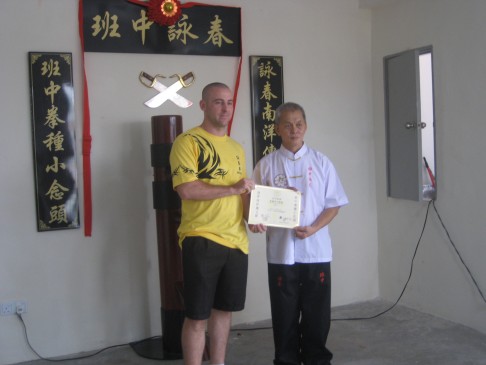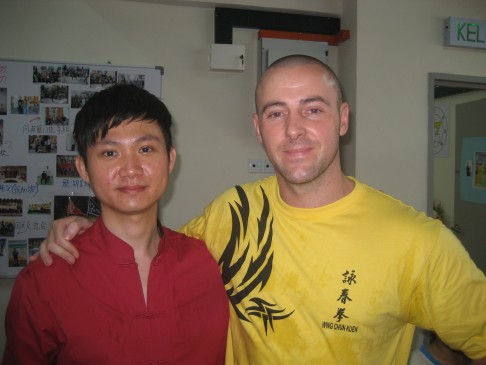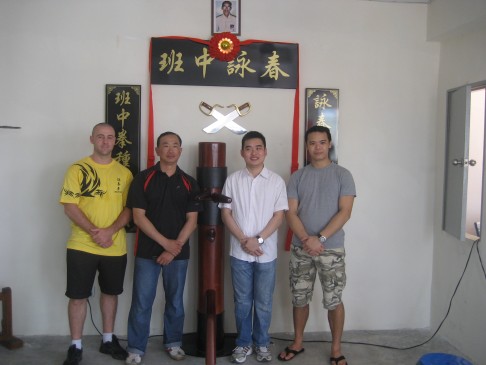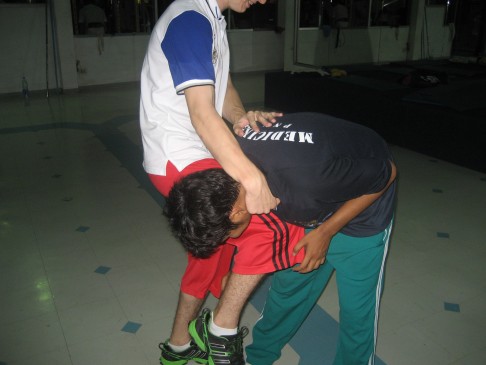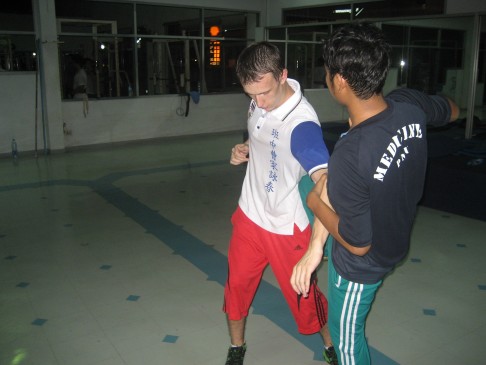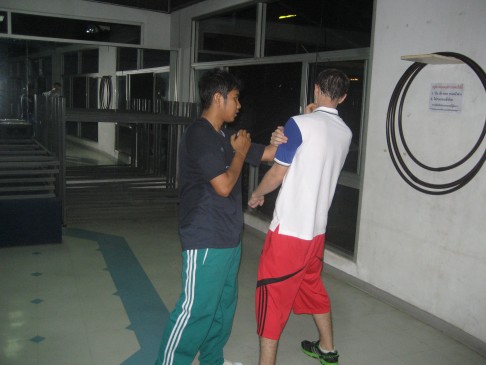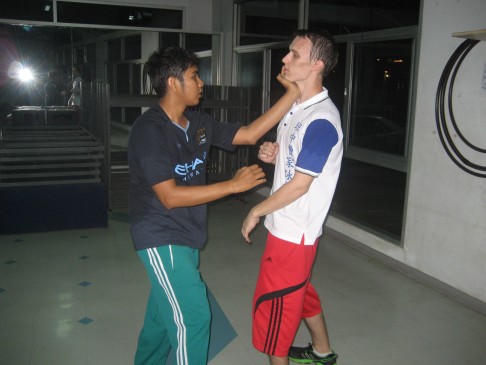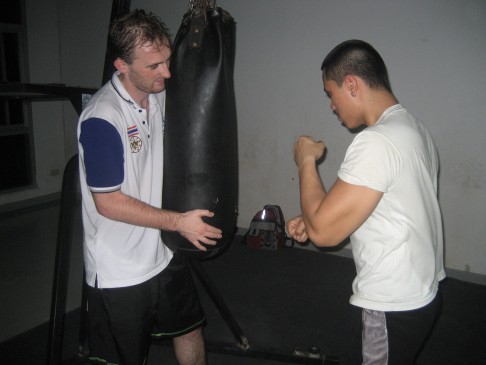Click to visit our facebook page. feel free to leave a message or comment.
Monthly Archives: July 2012
Dead or alive, from A-B
This is just a quick essay to address one of the most important concepts for applying Wing Chun- ‘alive’ energy in your techniques.
So, What do I mean by ‘alive’?
Well, lets take for example a common wing chun technique such as tan da. If you search youtube you will see many examples of this technique, some done with ‘alive’ energy but also many examples of ‘alive to dead’ energy. For example, in a lot of clips the attacker comes in with a punch and the defender performs tan da and at the end of the movement he stands there with his tan and punch still in the outstretched position. He has gone from A (starting point) to B (finish position) with little thought and stopped ‘dead’. Often they will then start moving again to change to the next movement in whatever sequence they are training.
For me, this is breeding bad habits. Wing Chun works best when it flows and training in a start-stop-start-stop way is not going to develop that flow.
lets take that same tan da drill and use ‘alive’ energy. Doing it this way the student will not stop at the end position as if posing for a photo (say cheese!). Instead, he uses the ‘recoil’ energy from contact with his opponents body, both from the tan and the punch, to feed power into his next technique ( lets say changing into another tan da on the other side but with a palm strike) and then from that technique into the next and so on.
Doing it this way, there is no start-stop-start-stop, there is only start-flow until finish. It makes your actions smoother and faster, and makes it harder for your opponent to react as you are always changing and borrowing your opponents energy to strike him.
Here I only briefly touch on this subject in a basic way and give just one example, i.e. tan da, as explaining in detail would take way too long. However, this concept should be trained in every offensive and defensive action you do,including footwork.
I will try to find time to expand on this subject in the future.
Train hard and train smart,
Kris Mckenzie
